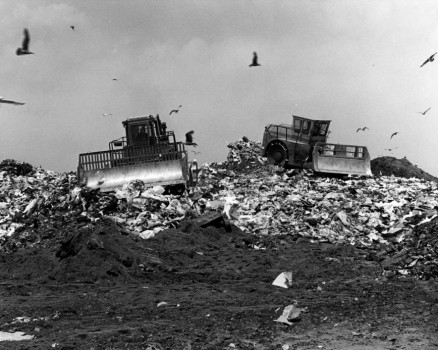Alleging Clean Air Act violations, the suit was the culmination of a decades-long effort to close Fresh Kills Landfill.
Staten Island Borough President Guy Molinari filed the lawsuit against the Mayor of the City of New York, Commissioner of the New York City Department of Sanitation, Governor of the State of New York, and Commissioner of the New York State Department of Environmental Conservation.
Image: “The Fresh Kills Story: From World’s Largest Garbage Dump to a World-Class Park.”







